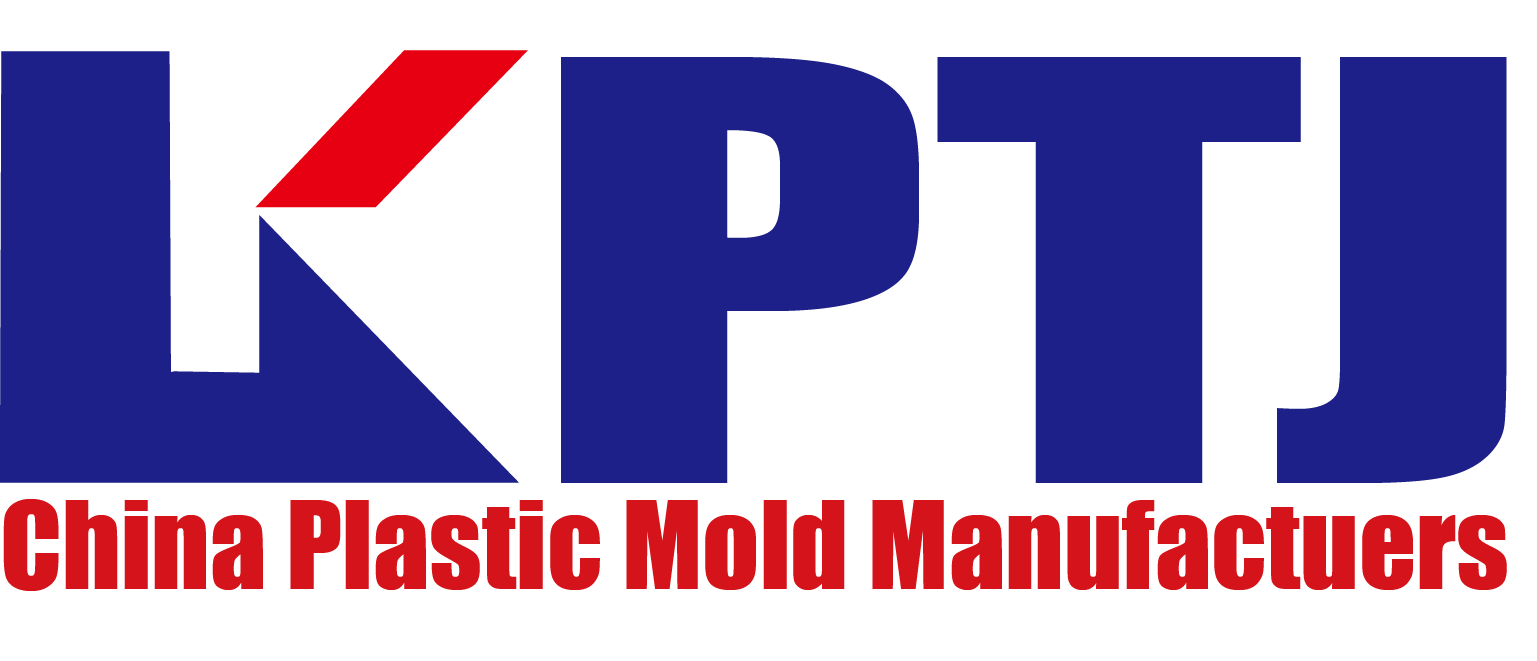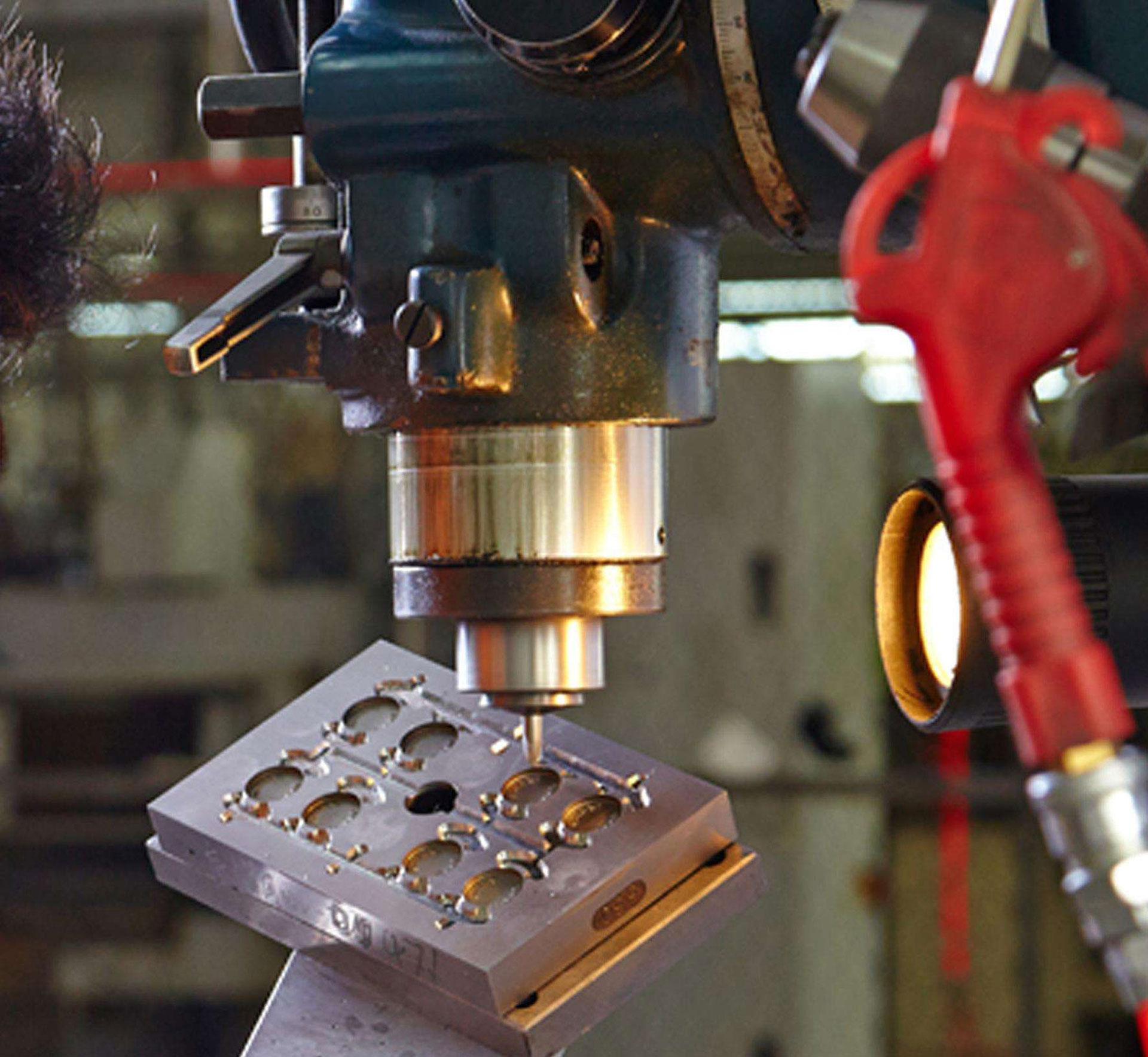1. Measurement and plasticization of injection mold
In the molding process, the injection quantity control (metering) and the uniform melting of the plastic (plasticization) are performed by the plasticizing mechanism of the injection machine.
1. Heating cylinder temperature
Although the melting of plastic is about 60–85% due to the heat energy generated by the rotation of the screw, the melting state of the plastic is still affected by the temperature of the heating cylinder, especially the temperature near the front area of the nozzle-the temperature in the front area When it is high, it is easy to cause the phenomenon of dripping and pulling the parts when pulling out.
2. Screw speed
(1) The melting of plastic is mainly due to the heat generated by the rotation of the screw, so the screw speed is too fast, it has the following effects:
① Thermal decomposition of plastics;
②Fiberglass (plus fiberglass) is shortened;
③The wear of the screw or heating cylinder is accelerated.
(2) The speed setting can be measured by its circumferential speed:
Peripheral speed = n (speed) * d (diameter) * π (circumference). Generally, for low-viscosity plastics with good thermal stability, the peripheral speed of the screw rod rotation can be set to about 1m / s, but for plastics with poor thermal stability, it should be as low as about 0.1.
(3) In practical applications, we can reduce the screw speed as much as possible, so that the rotary feeding can be completed before the mold is opened.
3. Back pressure
(1) When the screw rotates and feeds, the pressure accumulated by the melt advancing to the front end of the screw is called back pressure. During injection molding, it can be adjusted by adjusting the oil return pressure of the injection hydraulic cylinder. Effect:
① Melt glue melts more evenly;
②The toner and filler are more evenly dispersed;
③ Make the gas exit from the blanking port;
④ The measurement of incoming materials is accurate;
(2) The level of back pressure is determined by the viscosity and thermal stability of the plastic. Too high back pressure will prolong the feeding time, and due to the increase of the rotating shear force, it is easy to cause the plastic to overheat. Generally, 5–15kg / cm2 is suitable.
4. Retreat
(1) Before the screw feed starts, the screw is properly withdrawn, which can reduce the pressure of the melt at the front end of the mold. This is called front loosening, and its effect can prevent the pressure of the melt on the nozzle of the nozzle. Mold forming.
(2) After the screw feed is completed, the screw can be properly retracted to reduce the pressure of the melt at the front of the screw. This is called back loosening, and its effect can prevent dripping at the nozzle.
(3) The shortcoming is that it is easy to stick the mainstream (SPRUE) mold; while too much loosening, it can suck in air and make the molded product have air marks.
Second, the injection mold design considerations
1. The ejection should be even and strong, which is convenient for replacement.
2. The mold core and cavity should have sufficient rigidity and strength.
3. The mold should be hardened, polished, and wear-resistant steel should be selected, and the parts that are easy to wear should be easy to repair and replace.
4. The mold should be equipped with exhaust overflow grooves, and should be located in the parts where welding marks are easy to occur.
5. The cross-section of the pouring system should be large and the flow should be straight and short to facilitate the even dispersion of the fibers.
6. The shape and wall thickness of the plastic parts should be specially considered to facilitate the smooth flow of the filling cavity and avoid sharp corners and gaps.
7. The release angle should be large, 15% for glass fiber can be 1 ° ~ 2 °, 30% for glass fiber can be 2 ° ~ 3 ° When the draft angle is not allowed, forcible demoulding should be avoided, and the horizontal parting structure should be adopted.
8. The feed inlet should be designed to prevent insufficient filling, anisotropic deformation, uneven glass fiber distribution, and easy to produce weld marks and other adverse consequences. The feed port should be thin, wide, fan-shaped, ring-shaped and multi-point feed ports to make the flow turbulent and the glass fibers evenly dispersed to reduce anisotropy. It is best not to use needle-shaped feed ports. The mouth section can be increased appropriately, and its length should be short.
3. The setting of injection mold temperature
1. The mold temperature affects the molding cycle and molding quality. In actual operation, the minimum appropriate mold temperature of the material used is set, and then adjusted appropriately according to the quality status.
2. Correctly speaking, the mold temperature refers to the temperature of the cavity surface when forming is performed. In mold design and forming engineering conditions, it is important not only to maintain an appropriate temperature, but also to make it uniform distributed.
3. The uneven temperature distribution of the mold will cause uneven shrinkage and internal stress, thus making the molding port easy to deform and warp.
4. Increasing the mold temperature can obtain the following effects:
(1) Increase the crystallinity and more uniform structure of molded products;
(2) The molding shrinkage is sufficient, and the post-shrinkage is reduced;
(3) Improve the strength and heat resistance of molded products;
(4) Reduce internal stress residue, molecular alignment and deformation;
(5) Reduce the flow resistance during filling and reduce the pressure loss;
(6) Make the appearance of the molded product more shiny;
(7) Increase the chance of burrs of molded products;
(8) Increase the near-gate position and reduce the chance of depression at the far-gate position;
(9) Reduce the obvious degree of the bonding line;
(10) Increase the cooling time.



